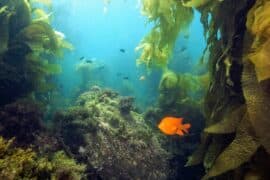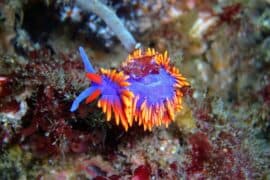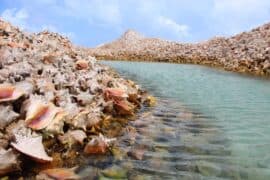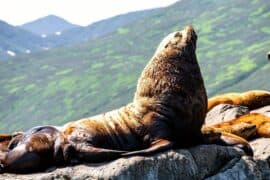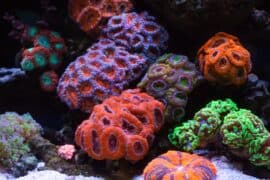Rhyssa persuasoria
(Rhyssa persuasoria)
Description
Rhyssa persuasoria, the giant ichneumon (also known as the sabre wasp), is a species belonging to the family Ichneumonidae subfamily Rhyssinae. It is found in most of Europe, in North America, in the Australasian ecozone, in the Near East, in the Nearctic ecozone, in North Africa and in the Oriental ecozone. Rhyssa persuasoria (meaning persuasive burglar) is one of the largest ichneumon wasps in Europe. The length of adults varies from about 10–20 millimetres (0.39–0.79 in) in males up to 20–40 millimetres (0.79–1.57 in) in the females, plus about 20–40 millimetres (0.79–1.57 in) of the ovipositor. They have a thin black body, several whitish spots on the head, thorax, and abdomen and reddish legs. The antennae are long and thin. Females have a long ovipositor, which they use when laying eggs. They can mainly be encountered from July through August, especially in paths and clearings of coniferous forests. Female of this parasitic species drills deep into wood by its hair thin ovipositor (terebra) and lays its eggs on larvae living in timber, which become a food supply and an incubator for the progeny, until it is fully grown. Larvae overwinter in the wood, pupating the next spring and emerging from the wood as adults. Main hosts of Rhyssa persuasoria are the larvae of Horntail or Wood Wasps (Urocerus gigas, Siricidae species, a type of xylophagous sawfly), as well as larvae of Longhorn Beetle (Spondylis buprestoides, Monochamus sutor) and Great Capricorn Beetle ( Cerambyx cerdo).
Taxonomic tree:


